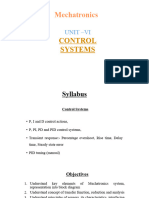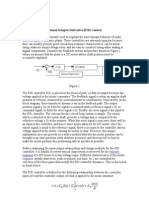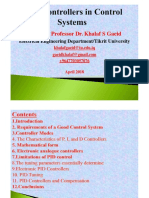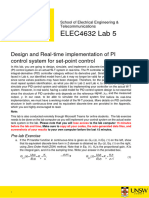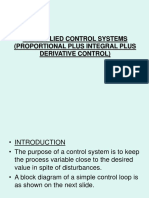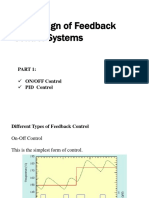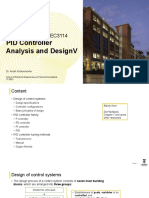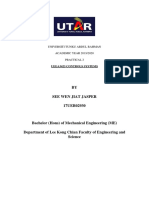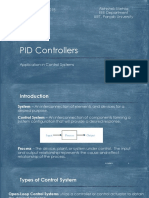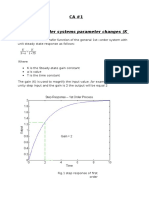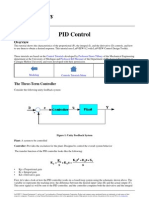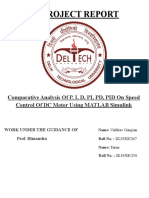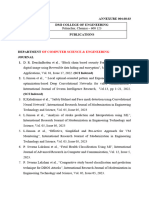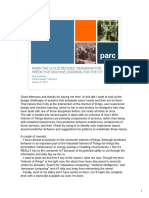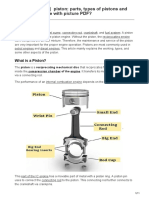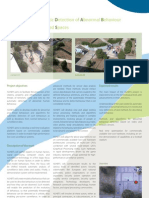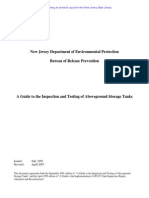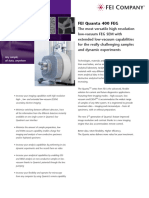0% found this document useful (0 votes)
7 views13 pagesComplex Engineering Project.
The document outlines a complex engineering problem related to speed control of a DC motor, detailing the design and testing of P, PI, and PID controllers using MATLAB and SIMULINK. It includes analysis of the controllers' performance metrics such as rise time, settling time, overshoot, and steady-state error. The document also features a rubric for assessing the design and testing of these control systems.
Uploaded by
AminaCopyright
© © All Rights Reserved
We take content rights seriously. If you suspect this is your content, claim it here.
Available Formats
Download as PDF, TXT or read online on Scribd
0% found this document useful (0 votes)
7 views13 pagesComplex Engineering Project.
The document outlines a complex engineering problem related to speed control of a DC motor, detailing the design and testing of P, PI, and PID controllers using MATLAB and SIMULINK. It includes analysis of the controllers' performance metrics such as rise time, settling time, overshoot, and steady-state error. The document also features a rubric for assessing the design and testing of these control systems.
Uploaded by
AminaCopyright
© © All Rights Reserved
We take content rights seriously. If you suspect this is your content, claim it here.
Available Formats
Download as PDF, TXT or read online on Scribd
/ 13

